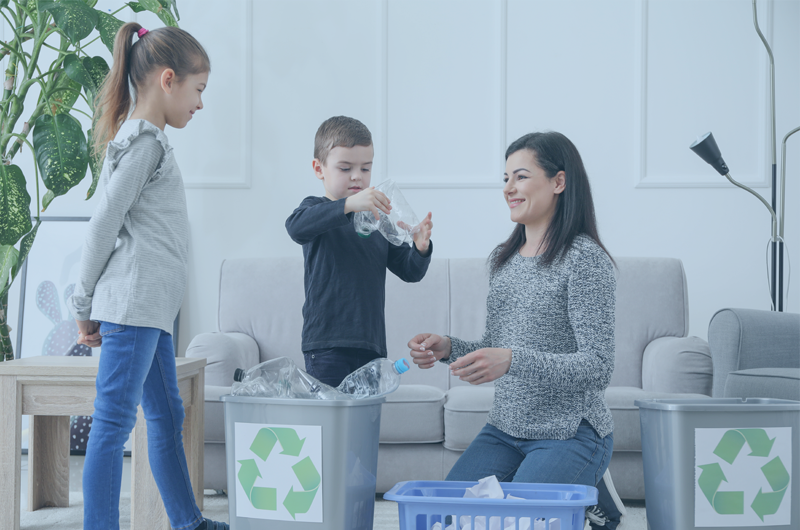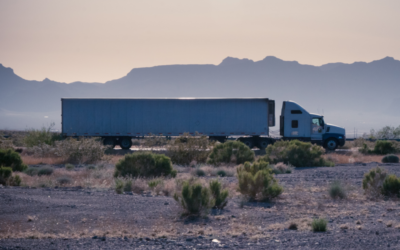
Trash or Treasure? Decide What to Donate and What to Discard to Streamline Your Move
Are you getting ready to move? Should you donate it, trash it, or keep it? This can be difficult, but don’t worry – we’re here to help! In this blog post, we’ll give tips on deciding what to discard and donate during your move.Follow these guidelines, and streamline the process without sacrificing your important belongings!
Donate it, trash it, or keep it?
When deciding what to do with your belongings, the first step is to figure out what you need and use regularly. Make a list of items you can’t live without and put them in a designated spot. Everything else can be sorted into three main categories: donation, trash, and storage.
A donation is an excellent option for items in good condition that you no longer need or want. Clothing, household goods, furniture, and toys are all everyday items that can be donated. Many organizations accept donations, such as Goodwill or the Salvation Army. When you donate items, you are essentially giving them a new home where they can be loved and used by someone else. Not only does this declutter your home, but it also helps those in need.
Trash is the next category. This includes items that are broken or worn out beyond repair. Sometimes it can be challenging to let go of sentimental items, even if they’re not usable anymore. In these cases, taking a picture of the item might be helpful before throwing it away. That way, you can keep the memory without holding onto the physical object.
The last category is storage. This is for items that you want to keep but don’t necessarily need on a day-to-day basis. Seasonal clothing, holiday decorations, and extra furniture are all examples of things that can be stored.
Make a list and check it twice
When you’re trying to get rid of things, it’s crucial to have a plan and a list of everything you need to do. This will help you keep track of what you need to do with each item.
For example, if you’re getting rid of clothes, you’ll need to decide whether to donate them, sell them, or throw them away. Once you’ve decided what to do with each item, take care of it immediately. If you wait too long, you’ll likely forget, and the clothes will take up space in your closet again.
The same goes for other items around your house. If you’re getting rid of old furniture, figure out if anyone you know could use it or if there’s a place you can donate it. If not, see if there’s a way to sell or dispose of it properly. The last thing you want is your old stuff to end up in a landfill.
By taking the time to make a plan and make a list, you’ll be much more likely to get rid of the things you don’t need successfully. And once you’re done, you’ll feel great knowing that you’ve minimized what you’re moving and that your new home will be decluttered and organized.
Take your time and be sure of your choices.
When it comes to deciding what to keep and what to let go of, it is important to take your time and be sure of your choices. This is because these choices can impact your life in a significant way. If you are not careful, you may regret your decisions later.
There are a few things that you should take into consideration when making this decision. First, think about what is most important to you and why. What are your priorities? What do you value most? Sentimentality is often associated with positive emotions, such as happiness, love, and contentment. However, sentimentality can also be negative, such as when it leads to feelings of sadness, regret, or nostalgia. Whether positive or negative, sentimentality attaches emotional significance to people, objects, or memories.
Once you have answered these questions, you can start to narrow down your options.
What will happen if you keep something? What will happen if you let it go? Will one choice lead to more happiness than the other? Will it help you achieve your goals? Consider these factors before deciding.
Remember, there is no wrong answer here. The most important thing is that you make a choice that is right for you. So take your time, weigh your options, and choose wisely.
Finally, treat trash responsibility.
When you’re done decluttering your home, it’s essential to dispose of the items you no longer want correctly. This includes any damaged items or items you don’t want to keep for any reason. Damaged items should be thrown away, so they don’t cause further damage to your home or pose a safety hazard.
Now that you’ve minimized your move, it’s time to get packing! Let the Moving Experts be your personal concierge for all your moving questions and services!



